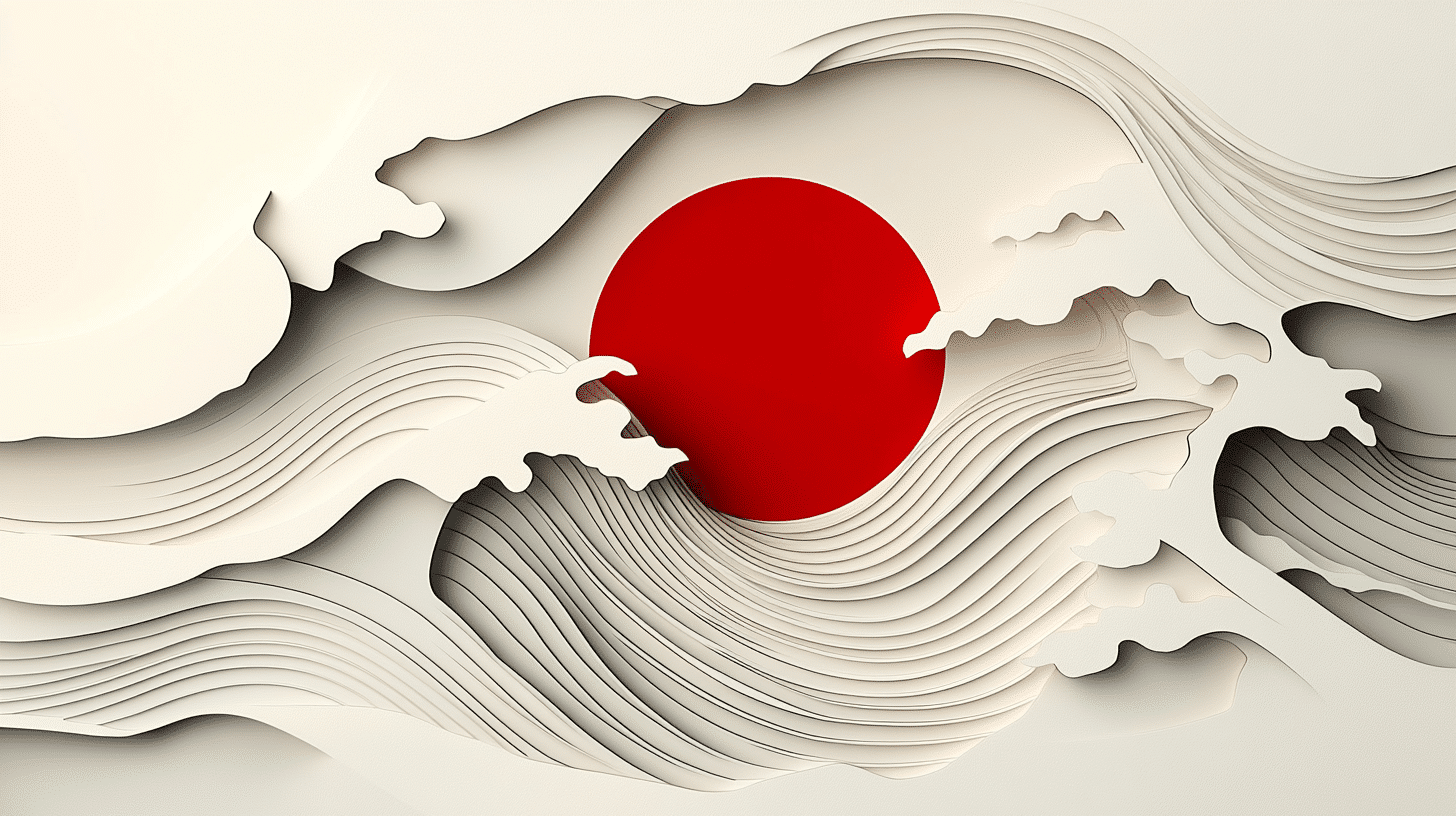What is Gion Matsuri?
Gion Matsuri, celebrated annually throughout the month of July, is one of the most famous and largest festivals in Japan. Originating in the city of Kyoto, this festival is dedicated to the Yasaka Shrine and dates back to the 9th century. It is renowned for its grand processions of elaborately decorated floats, traditional music, and various cultural events. Gion Matsuri is a significant cultural and religious event, attracting visitors from all over the world.
History and Origin
Gion Matsuri began in 869 AD as a religious ceremony to appease the gods during a time of plague and natural disasters. The Emperor ordered the construction of 66 halberds, one for each of the provinces in Japan, and held a purification ceremony at the Yasaka Shrine. Over time, the event evolved from a religious ceremony into a grand festival, reflecting Kyoto’s rich cultural heritage.
The festival is named after the Gion district of Kyoto, where the Yasaka Shrine is located. Today, Gion Matsuri is recognized as an Important Intangible Folk Cultural Property, preserving the traditions and practices that have been passed down through generations.
Who Celebrates Gion Matsuri?
- Kyoto Residents: Participate in organizing and celebrating various events and activities throughout the month.
- Tourists: Visit Kyoto to experience the vibrant atmosphere, traditional performances, and grand parades.
- Shinto Practitioners: Engage in religious ceremonies and rituals at the Yasaka Shrine.
- Local Artisans and Performers: Showcase their skills through float construction, traditional music, and dance performances.
Slogans and Themes
Themes for Gion Matsuri often focus on cultural heritage, community, and tradition. Slogans like “Celebrating Kyoto’s Heritage,” “A Tradition of Unity,” and “Honoring the Gods” capture the essence of the festival.
Colors, Symbols, and Patterns
Colors:
- Red and White: Commonly seen in festival decorations and representing celebration and purity.
- Gold and Black: Used in the elaborate decorations of the floats, symbolizing prosperity and elegance.
Symbols:
- Yamahoko Floats: The iconic floats used in the grand processions, each uniquely decorated.
- Gion Bayashi Music: Traditional festival music featuring flutes, drums, and bells.
- Mikoshi: Portable shrines that are paraded through the streets, symbolizing the presence of the gods.
Patterns:
- Traditional Textiles and Motifs: Reflecting Kyoto’s rich history in arts and crafts.
- Floral and Geometric Designs: Seen in the intricate decorations of the floats and festival attire.
Most Used Hashtags
- #GionMatsuri
- #KyotoFestival
- #Yamahoko
- #JapaneseCulture
- #TraditionalFestival
How to Celebrate
- Attend the Processions: Witness the grand processions of the Yamahoko floats on July 17th (Saki Matsuri) and July 24th (Ato Matsuri).
- Visit Yasaka Shrine: Participate in the religious ceremonies and explore the historic shrine.
- Enjoy Traditional Performances: Watch performances of Gion Bayashi music, traditional dances, and theatrical plays.
- Explore Festival Stalls: Enjoy a variety of food, games, and crafts at the numerous stalls set up throughout the festival.
- Dress in Yukata: Wear traditional summer kimono to immerse yourself in the festive atmosphere.
Importance of Gion Matsuri
Gion Matsuri is important because it preserves and celebrates the rich cultural heritage of Kyoto. It serves as a living tradition, maintaining centuries-old practices and rituals that are integral to the city’s identity. The festival fosters a sense of community and continuity, bringing together people from all walks of life to honor the gods and celebrate their cultural legacy.
Moreover, Gion Matsuri attracts visitors from around the world, promoting cultural exchange and tourism. It provides an opportunity for people to experience the depth and beauty of Japanese traditions, enhancing global appreciation for Japan’s cultural heritage.
Features
July: Gion Matsuri (Japan)
Why do you keep falling for the same type?
Read the article Lovemaps: the hidden blueprint of our love.

